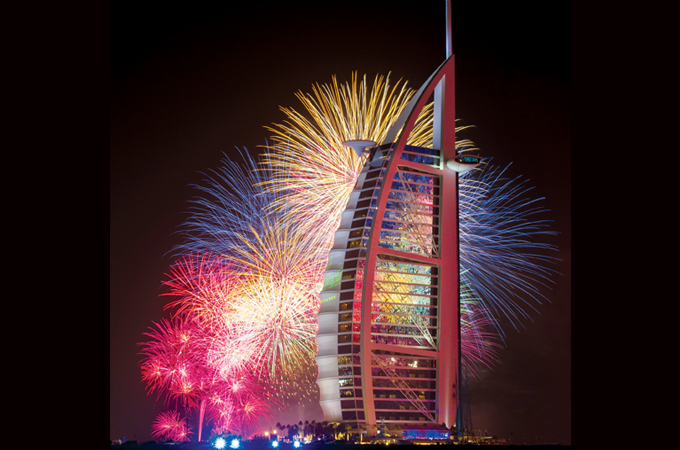
According to the latest Q2 data compiled by Expedia Group, the number of travellers visiting the Middle East from Europe is on the rise. The list of the top ten markets into the UAE include the UK, France, Germany, Italy, Ireland and Switzerland – a total of six European countries.
Arrivals from Europe to the GCC are set to grow for the period of 2018 to 2020 by around 17 per cent. A majority of these travellers are expected to arrive into the UAE. Expedia Group’s data reveals that the European country showing the highest year-on-year growth in demand is Ireland (ranked 7th) followed by France and Italy (ranked 4th and 6th), while the United States and the UK remain on top of the list when looking at room night share.
ForwardKeys and GfK, which predicts future travel patterns by analysing booking transactions by travel agents, shared an interesting perspective. Terror threats seem to have diminished, favouring Middle Eastern destinations. Tourists from the UK are heading back to favourite holiday destinations that until recently were considered by many to be at risk of unrest or terrorism, big winners are Turkey, Tunisia and Egypt, although the two Arab countries have yet to recover their full potential. Turkey with the biggest market share of the three, is showing a 66.4 per cent growth in UK leisure bookings on last year, Egypt is ahead 50.9 per cent.
According to Konstantina Boutsioukou, analyst at leading travel data company GlobalData, Dubai tourism sector contributed 9.52 per cent to the total GDP and accounted for 10.94 per cent in total employment in 2017. Dubai received 15.8 million international travellers in 2017, after only Bangkok, London and Singapore, who were in the lead. The average daily rate in Dubai was $134, while the occupancy levels stood at 78 per cent.
Another noticeable trend for package tours augurs well for travel consultants. A surge in package demand is great news for hoteliers as package customers tend to have a longer booking window, a longer length of stay and a smaller cancellation rate than standalone bookings.
According to Expedia Group’s data, European travellers also show increased demand for package travel into the UAE with the UK, France and Germany ranking second, third and fourth by share of the market, pipped only by the United States which ranked at number one. The European countries that showcase the highest year-on-year growth in package demand were France and Italy with an increase of just over +80 per cent and around +65 per cent, respectively.
Recent data has shown that demand from Asian countries such as India and China have been very encouraging, at the same time demand from the more traditional European markets is still on the rise. The regional increase in more budget-friendly, mid-market hotels as well as an increase in low-cost airline routes have contributed to this positive trend. This is good news for hoteliers and tour operators looking to capture millennial and business travellers outside the luxury hospitality segment.
UK leisure travel is ahead 4.9 per cent this summer according to figures released by ForwardKeys. The findings illustrate the ultimate resilience of travel and tourism. Tourists are prepared to reassess their impressions of a destination if it manages to remain safe for an extended period of time. The growth is driven by the dynamism of short and mid haul summer destinations, up by 7.7 per cent. These destinations represent around 60 per cent of British international travel in the summer period.
